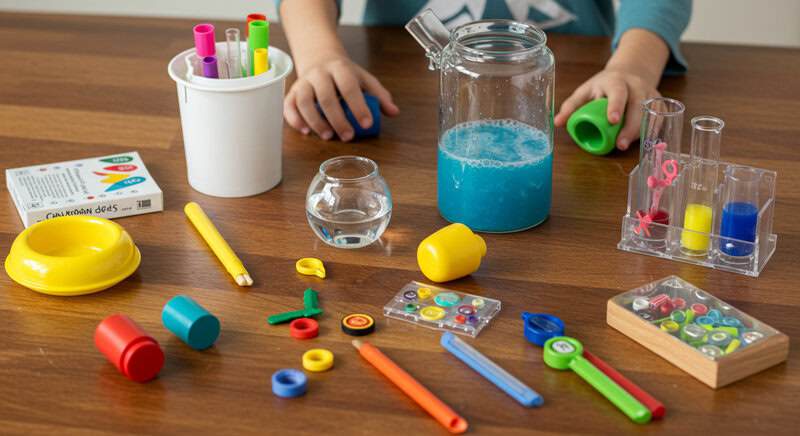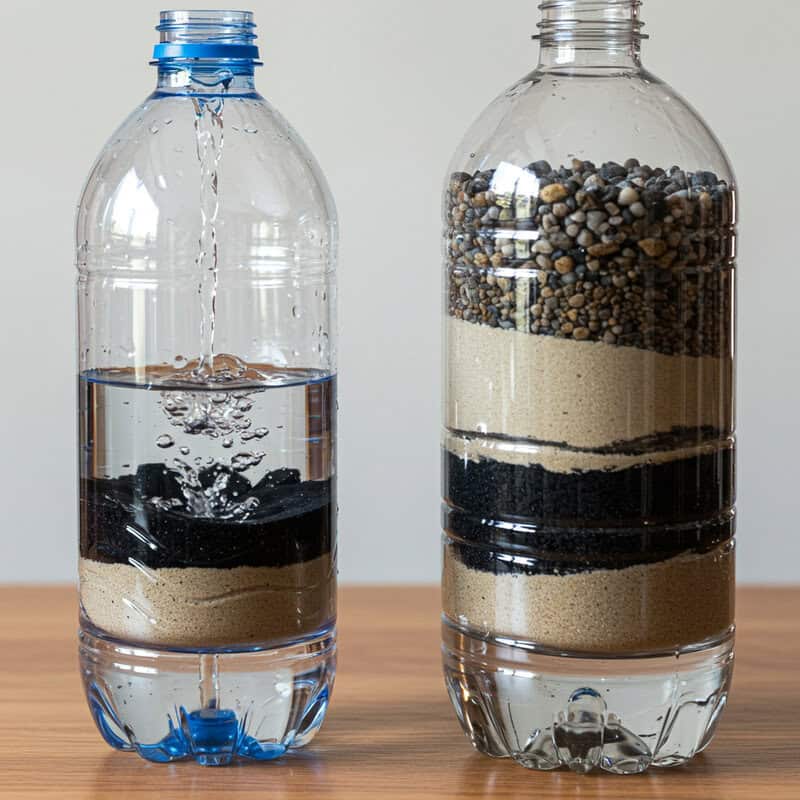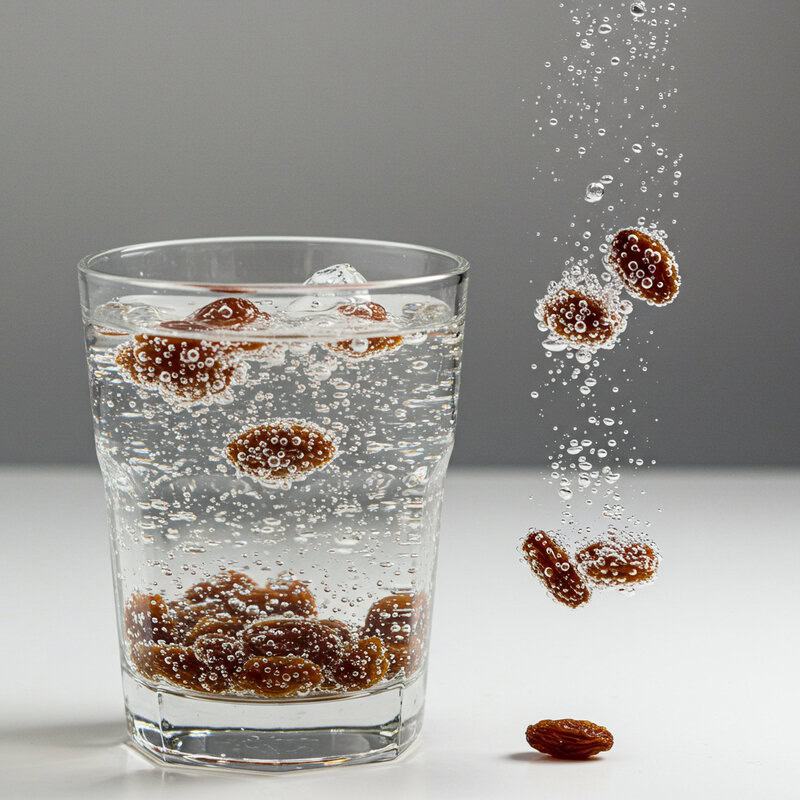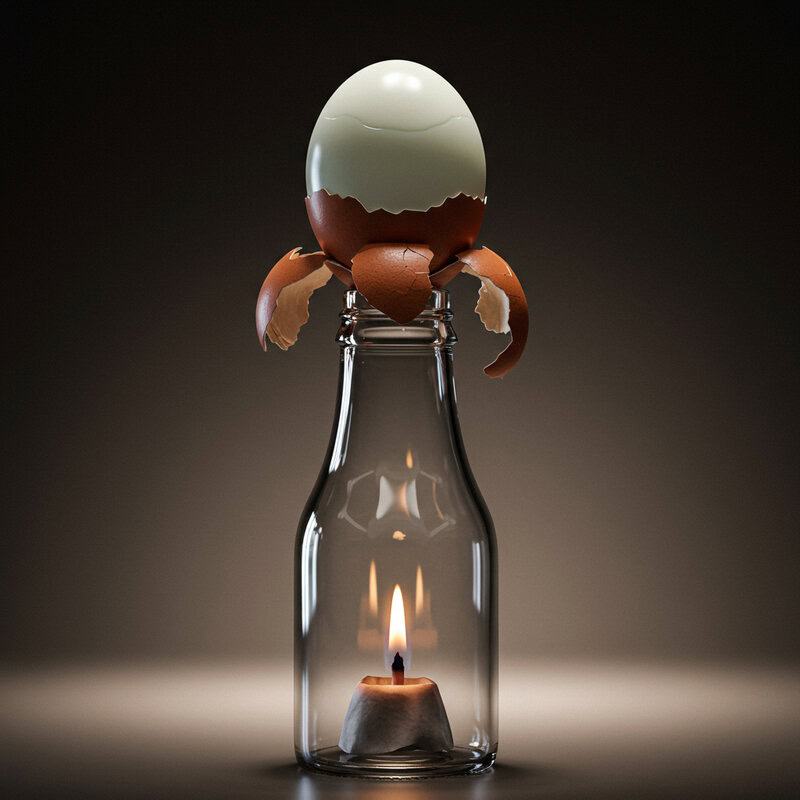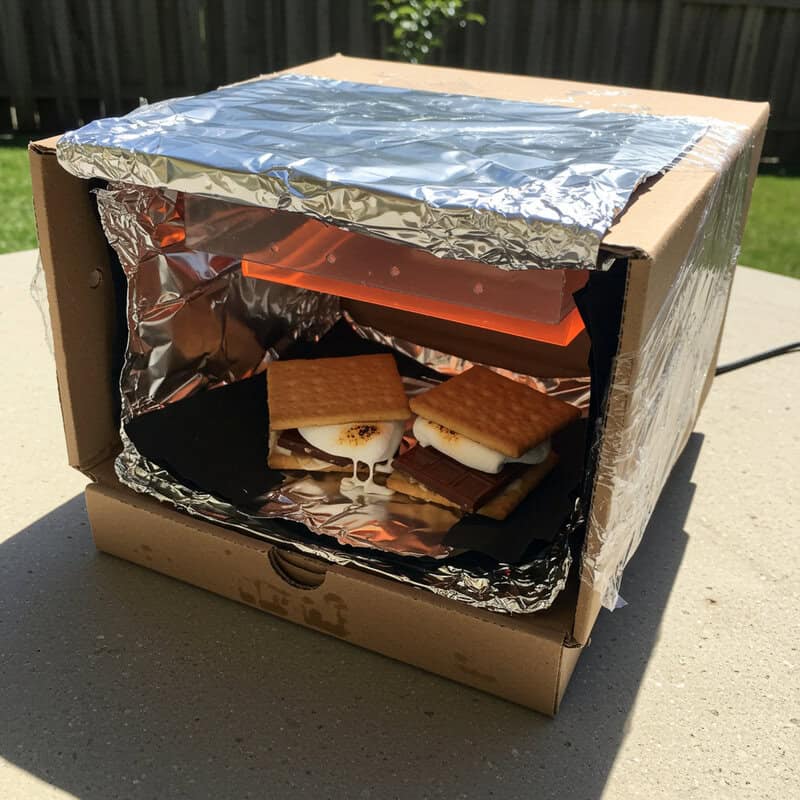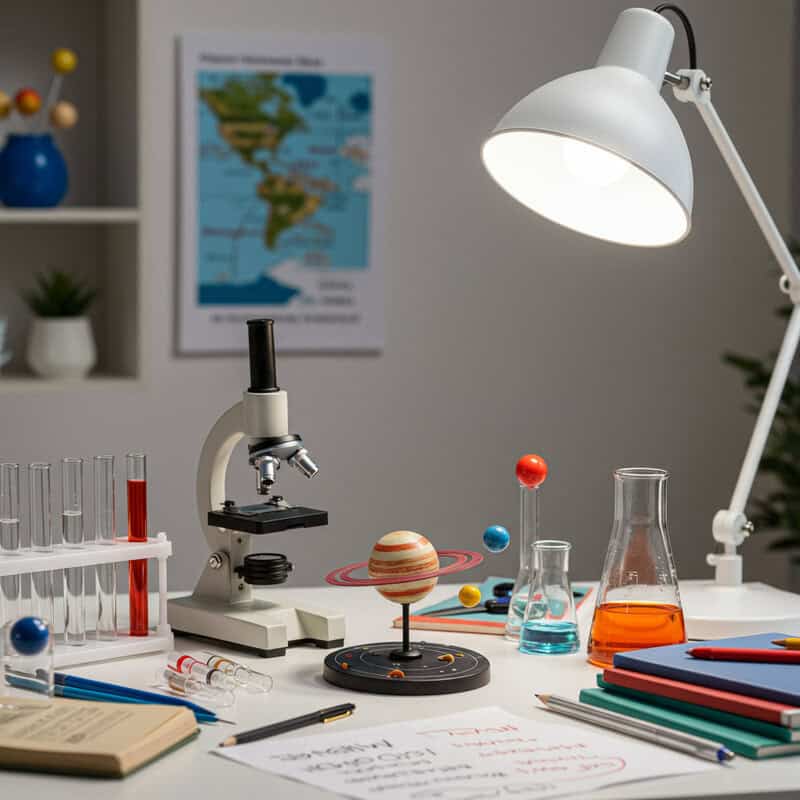5. Static Electricity Butterfly
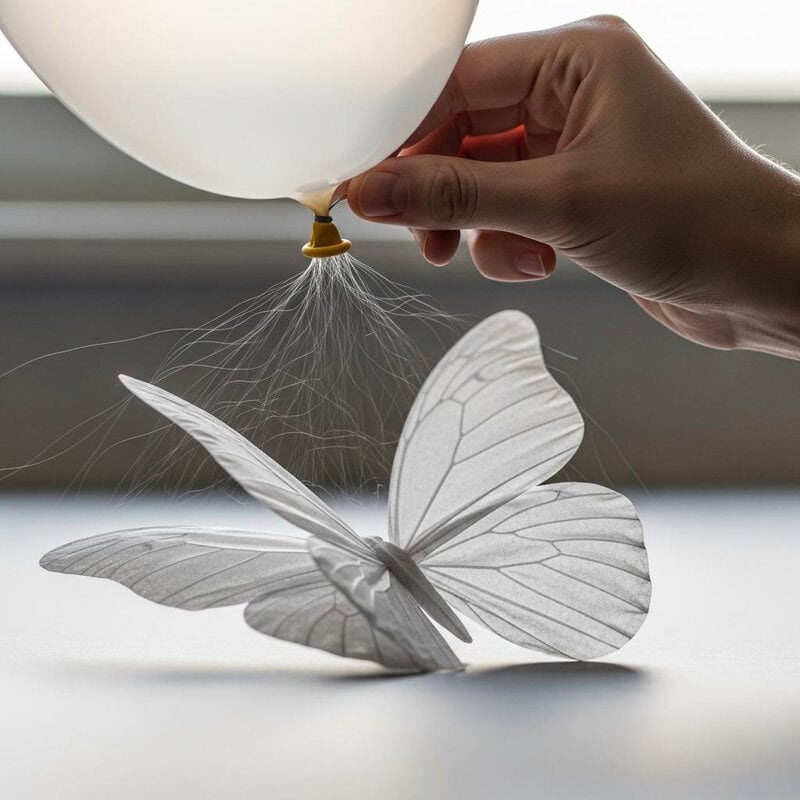
Bring a tissue paper butterfly to life using the power of static electricity! Cut out a butterfly shape from tissue paper and lay it on a flat surface. Inflate a balloon and rub it vigorously against your hair or a wool cloth to build up static charge.
When you hold the charged balloon near the butterfly, it will flutter and move, thanks to electron transfer and friction. This experiment introduces the science of static electricity, much like the classic trick of making hair stand on end. Explore more with the PBS Kids Static Butterfly activity.

